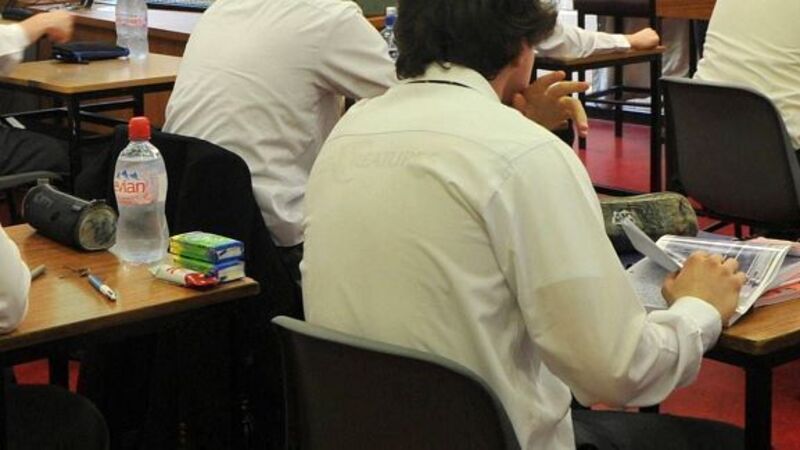Fewer degree courses and exam grades planned

The moves agreed by colleges, the State Examinations Commission (SEC), and others are part of continuing efforts to ease the pressure of the points race which many second and third-level leaders believe makes students ill-prepared for higher education.
The changes for those entering fifth year in 2014 will include having fewer level eight degrees on offer, as colleges make first-year programmes broader in their content. This should mean fewer specialist courses that, because they have limited numbers of places, often command high points in the CAO) system determined by Leaving Certificate results.
In addition, the 14 grades (A1, A2, B1, B2, B3, and so on) which are mostly divided by 5% will be reduced. This is part of efforts to refocus teaching on course content rather than on rote learning caused by students fighting for every mark in exams to increase their CAO points.
Although the measures had previously been put forward as possible ways of easing the points race and its effects on student learning, the latest plans announced by Education Minister Ruairi Quinn yesterday put these proposals firmly in line for action.
He said the soonest any of the changes happen will be for students beginning senior cycle next year, which means those sitting the Junior Certificate this summer or in 2014, depending on whether they take transition year or not.
There is also to be more work on making elements of Leaving Certificate exams less predictable, amid claims that teachers are under pressure to focus on topics expected to be examined at the expense of teaching other aspects of a subject course.
The question of transition to higher education has been under renewed focus since a major conference brought together key groups from second and third-level in Sept 2011. Announcing the progress to date, Mr Quinn said the latest commitments will help young people in the Leaving Certificate cycle and in their entry to college.
“We know that the high stakes nature of the Leaving Certificate exam, particularly as it is used for determining entry to higher education, has had a negative effect on teaching and learning, as well as educational outcomes at second level,” he said.
“It has also led to many academics complaining that first-year students are not equipped to critically think or analyse problems.”
Clive Byrne, director of the National Association of Principals and Deputy Principals, said that reasoned debate on exam paper predictability, broader CAO entry routes, and adjustments to grade bands was timely.
“The willingness of the partners involved to explore alternatives will create a positive setting as schools seek to minimise pressures on students transferring to higher education,” he said.
Number of Level 8 courses
1991: 152
1996: 246
2001: 416
2006: 664
2011: 842
2013: 946











